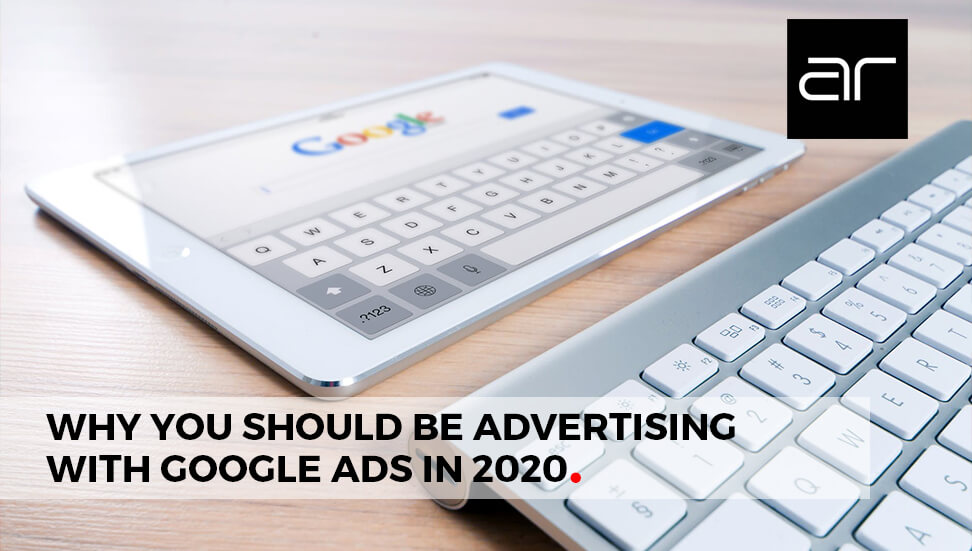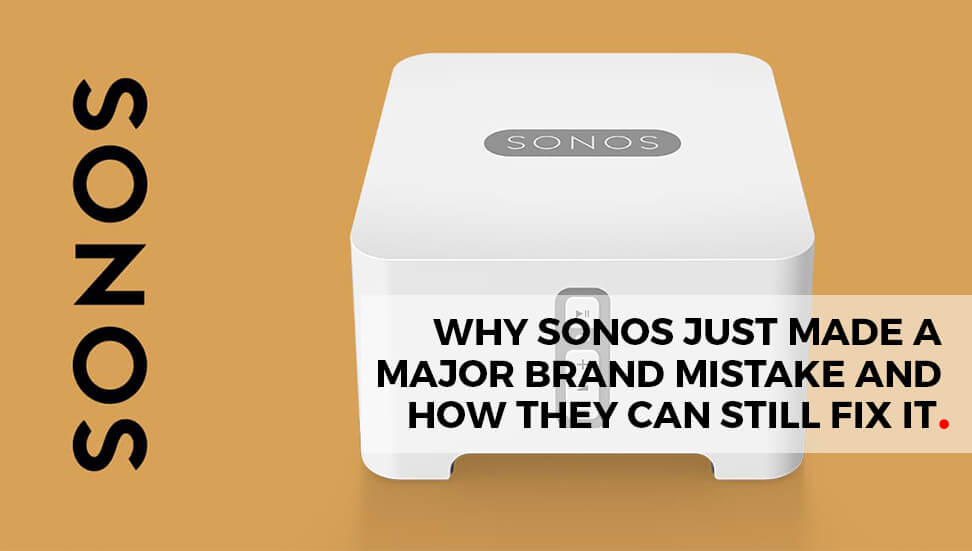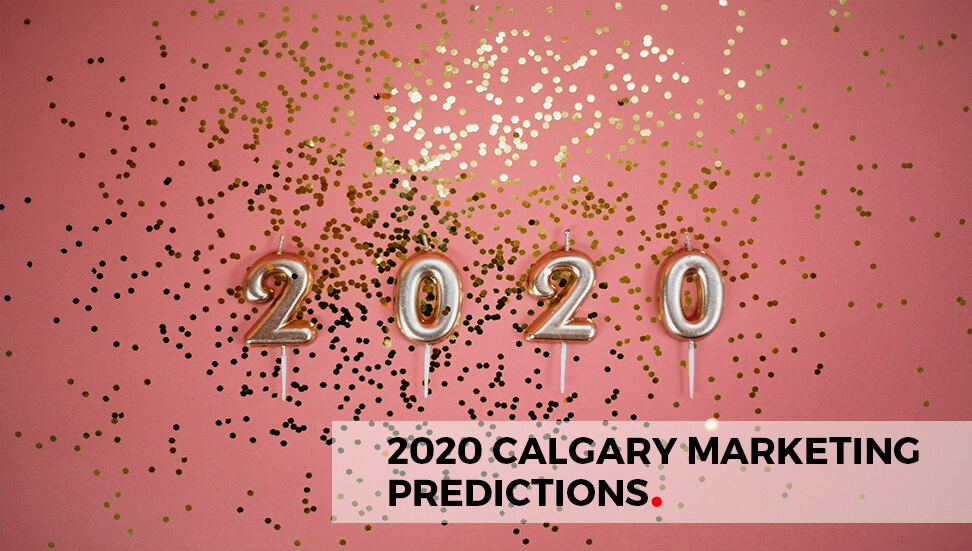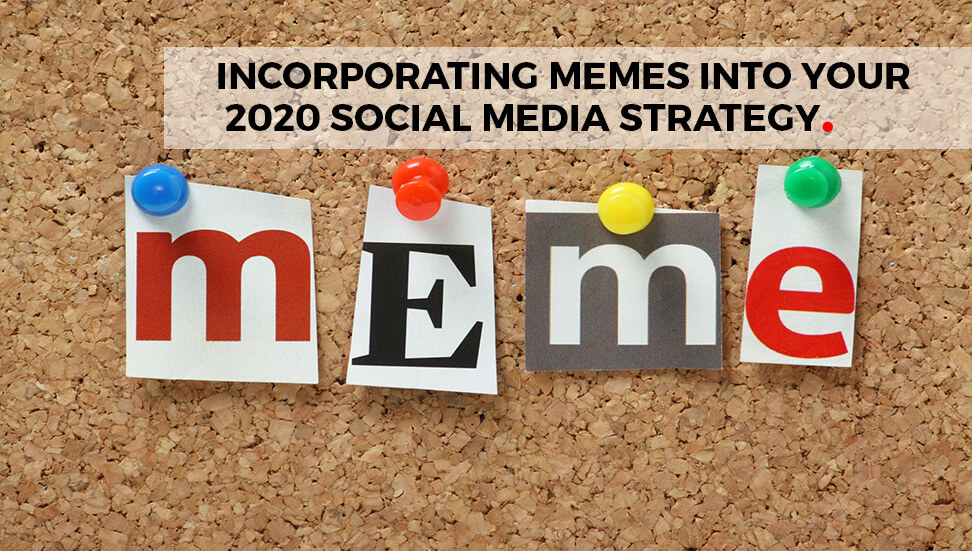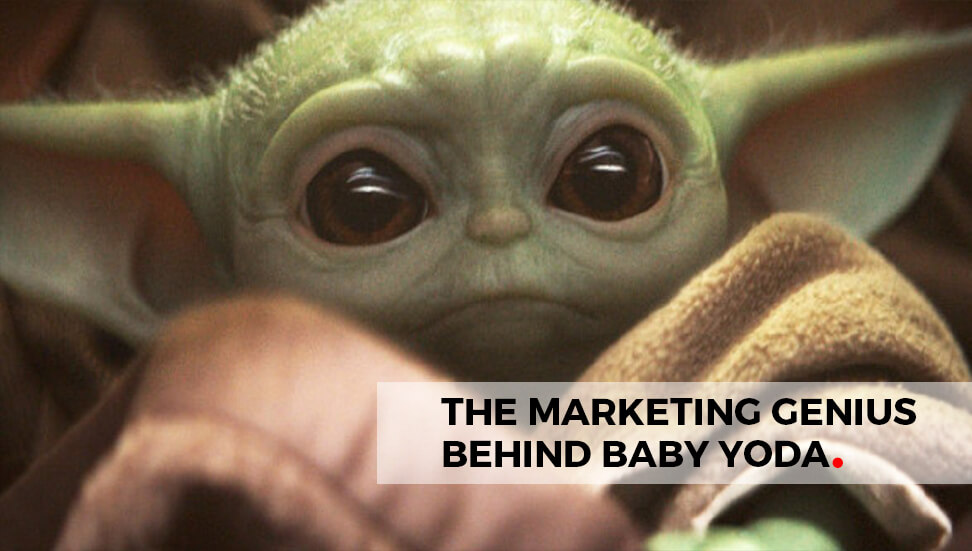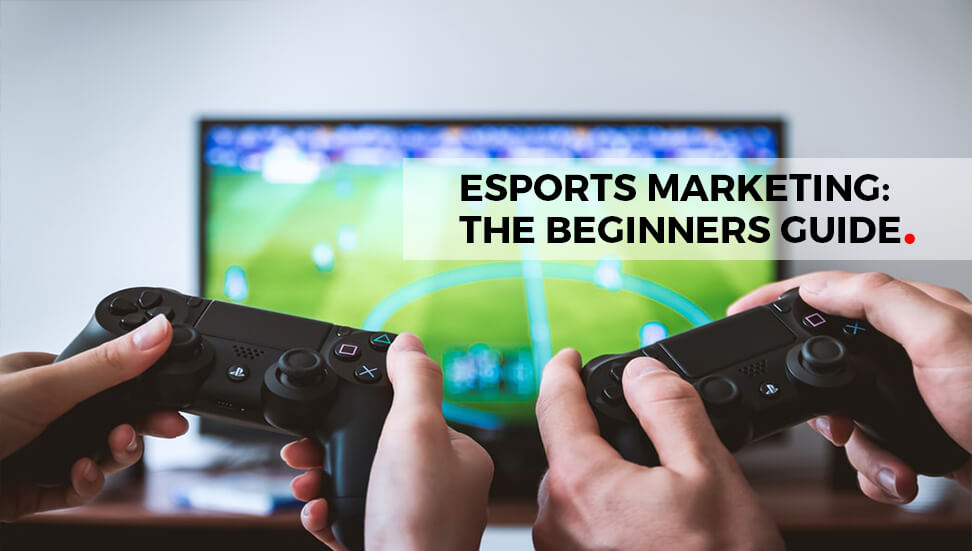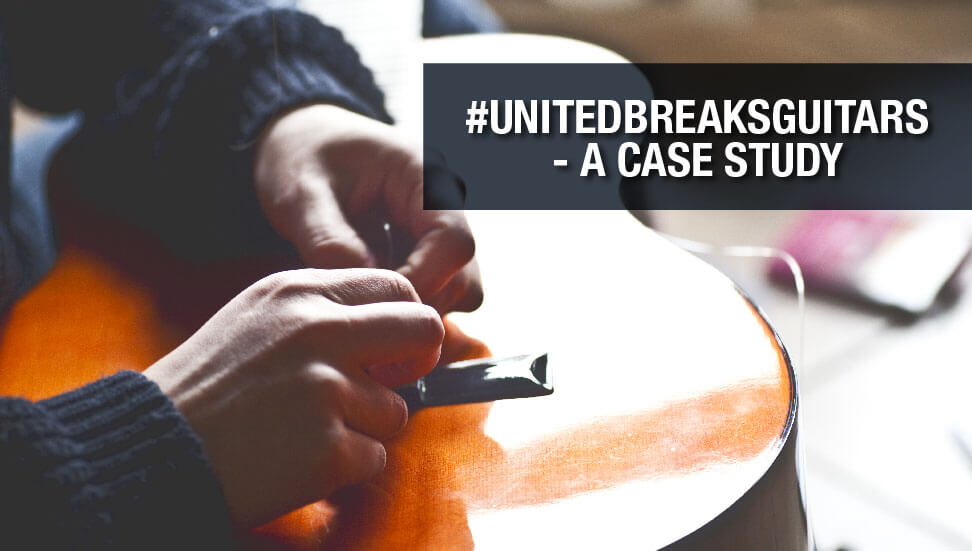Dave Carroll is a singer/songwriter from Halifax Nova Scotia. He and his band had a gig out in Nebraska. I can see that I haven’t quite caught your attention yet…
Here’s his story:
https://youtu.be/5YGc4zOqozo
And here:
https://youtu.be/h-UoERHaSQg
And the third one here:
https://www.youtube.com/watch?v=P45E0uGVyeg
When you view the video and witness the genius of Dave Carroll’s ability to voice his complaint, you have to step back and say, ‘Why?’ ‘How?’ – Why and how did it become so popular? Why and how did one ‘John Doe’ manage to reach out to a global community and strike a chord with them? But more pressingly, Why and how did this occurrence ever happen in the first place? These are all important marketing questions.
There are so many lessons to learn from this one incident that it leaves my head in a spin, but they are very valuable lessons to anyone who is in marketing or customer service, and to ignore them will put you at a disadvantage. Sometimes we are so close to the front line of campaigning to develop a successful brand that we lose sight of the goal. By looking at #unitedbreaksguitars we can see why we do what we do, and why anyone involved in the process has to work so hard to do it right.
On a positive note, let’s see what happened to Dave Carroll after the dust settled.
Here is Dave Carroll talking about what happened after his videos were released:
https://youtu.be/_Hd8XI42i2M
And his TEDX talk:
https://www.youtube.com/watch?v=_Hd8XI42i2M
And his book (once again done in true Dave Carroll style):
http://www.davecarrollmusic.com/book/
The way that Dave Carroll marketed his complaint eventually gave him an income, and a reputation, that he has been able to live off. You have to ask – if he had written a letter the CEO of United, would it have as drastically altered the state of his career? No, it wouldn’t. This whole case study begins at the point where Dave Carrol said, ‘I’m going to do what I’m good at and make my protest in song’.
It was pure marketing genius. Let’s work out why…
PLAYING ON STREGNTHS
The first song ‘United Breaks Guitars’, has had nearly 16 million views since it was first aired in 2009. If we put that into perspective, ABBA’s Take a chance on me has 4,388,231 views, Meatloaf’s Bat out of Hell’ has 2,028,179 views and Beyonce singing the national anthem at Obama’s inauguration has 3,060,514 views. Dave Carroll got 4 times as much play as ABBA, the top grossing group of the 1970’s, 8 times as much play as the seminal anthem of the 1980’s (lets face it, who doesn’t own a copy of ‘Bat out of Hell’ from the 80’s?) and Beyonce – he even beat Beyonce! Why? It’s catchy, funny and engaging – everything that good content should be. Why? Because Carroll played on his strengths. He knew what he was good at, and he was super motivated to make it work. He may not have had a background in marketing, in fact his whole marketing strategy was to ‘put it on YouTube’ – the quality of the song and the relatable subject matter carried it the rest of the way.
Knowing what your strengths are as a team as well as individually, are a great way to make your marketing effective as you can create a campaign that you truly ‘own’. Trying to imitate someone else’s style may work well, but to really pull off a marketing coup, you need to leverage your expertise.
QUALITY
The song was good, but the crafting in the video made it great. It conveyed the futility of the situation in a way that made you laugh, but also made you care. If it had been a video of Carroll in his living room playing in an ‘uplugged’, the likelihood is that it wouldn’t have been so successful. The video was made by film making professionals, and it shows. The shooting, editing and direction are all low budget, but very well done and you really can’t help but watch right to the end – in case you miss something brilliant.
This is one of the points where Carroll made the biggest difference. He had the right song, the right performing talent, but he didn’t have the technical know-how to make a quality presentation, so rather than ruining the whole campaign by being cheap on the most important aspect – he spent the money where it would do the most good. He was lucky to be surrounded by friends that had these professional skills, but that decision alone was one of the most important in the whole scale of events, because it produced the kind of marketing that was irresistible.
SUBJECT
One thing that Carroll was not in control of was the subject matter. The fact that being treated in such a frustrating way by customer service is not particular to his situation. It is something that almost every single one of us can relate too, only we can’t say we handled it as well. The points he brings out are familiar, as are the feelings, so it is something that can be instantly recognized by his target audience – the everyday man, just like himself. In essence he was holding up a mirror to every person in this situation and showing them in their favorite story – that David really can beat Goliath, not maybe financially, but by exposing something that could be in the common interest that would have remained unknown. And let’s face it, it could all so easily have been us!
In a marketing sense, we have to find that same subject, theme or feeling that resonates with our audience to really make a memorable impact. Marketing is all about installing the emotions that create an appetite to buy. You can only do this when you truly speak to the target audience on a level they can relate to. Carroll’s subject happened by chance, as a marketer, your subject must happen on purpose.
‘United Breaks guitars’ YouTube remains on an upward trend, accruing a third of its clicks in the last five years, but why does it keep on gaining views when the incident was so far away and doe s not get any air space or exposure today? This is where we see that that this story has two halves that make it magic, not just one.
To understand why there is still momentum in ‘United Breaks Guitars’ we have to look at what keeps the song going.
The success of the song was marketing genius and propelled Carroll’s career on to another level, but something that good never really dies. United’s brand received a significant blow from the publicity, but what they may not have realised was that without a major change of policy and brand redevelopment is that that blow will keep on landing a direct hit every time someone else is in the same situation and uses it.
Essentially, every time they make the same kind of mistake – ‘United Breaks Guitars’ will come back and haunt them.
I had never heard of Dave Carroll, or his song, and never likely would have, until we flew on United airlines. We had a problem. Quite a big problem, but what it was is really irrelevant. It was of a magnitude that made me have an outburst on my personal Facebook page. When I did, I was inundated with texts, pm’s and posts about similar experiences that my friends had had. One of them sent me Carroll’s video on YouTube, which introduced it to a whole new dissatisfied audience – who shared it. Then they had friends that shared it. Who also had friends that shared it, with the #UnitedBreaksGuitars hashtag. Once again the humiliation of United airlines rears its ugly head, and a newly motivated audience introduces all that’s gone wrong with a transaction to people that previously wouldn’t have cared. You know they say that ‘there’s no such thing as bad press’? They’re wrong. When people introduce your company en masse in such a negative light, people care.
What compounds United’s problem is the processes it appears to have in place to resolve dissatisfied customer issues.
I was surprised by the amount and severity of some of the complaints of friends, so I decided to make a complaint to see what would happen. I went to their website. There is no ‘contact us’ page on their website. So I tried social media. I asked on Twitter about my issue. 37 times – 37 times a day. For four days. And it went unanswered. On the fifth day it was answered, I was asked for the details by direct message, which I sent, and then never heard from them again.
Facebook was equally successful. The new Facebook page put posts in the left hand column at the bottom of the fold. They are not very prominent, but that is the way that Facebook have designed it. I posted a comment there. When I refreshed the page, it was already gone and replaced by three other complaints. I refreshed it again, and three more new complaints appeared. The sheer volume of unhappy customers was pushing my issue way down the page so that it was not seen.
That left me two options. Post a comment on an unrelated post on their timeline, or direct message. I direct messaged them, four times and got a reply… two days later. I was asked for the details, which I supplied, then I never heard from them again.
Whilst I waited I decided to see what would happen if I posted a comment. This was possibly my most disturbing discovery.
I looked at every post and each post had hundreds of comments – which were all complaints. Essentially, left with no other option, unhappy customers were hijacking positive posts designed to engage and instill confidence in United, and drowning them in tales of lost luggage, cancelled flights and what they considered to be poor customer service. Some of the posts were quite heartbreaking and extreme. As to their validity we will never find out – they were asked publically to pm the details, and then there are no further posts. They could have been resolved, or the post string got so long and unwieldy that it was hard to find again. Or they might still be waiting for an answer.
All this went on, and as I got no answer from social media, I called the call center. Again details are irrelevant, but it took nine calls, each an hour long. Still no resolution, but I did get the companies ‘feedback’ URL, which is hidden. You can only give ‘feedback’ (read into that, written complaint) by calling the international call centre, and asking for it – if you know they have one, or like me, you have to wait until call five for the operative to offer it to you as an option.
Finally, on call eight, the automated voice recording that puts you in the right queue, could not understand my husband’s accent, put him in the wrong queue (for reservations) – and the problem is sorted out in 17 minutes. You may wonder why there was a call nine, but I wanted to see if the call centre would give me the right resolution, now we knew what it was – the answer to that was… no.
I did file a written complaint, it took five days, but they did get back to me. They took all the details and said they would call when it was sorted, but I haven’t heard anything yet. And that was nine days ago.
You may be wondering why I am telling you all this, some may think I am ‘having a rant’ about it, but I’m not. I am a marketing professional and I can’t help looking at the whole situation with a marketing eye. Online marketing is a demanding master and I have seen many times how it can be used in situations like this to have turned it around. In the new age, branding is everything. If it isn’t building up your brand, it’s bringing it down.
Social media and customer service are now such an integral part of your marketing machine as every company needs to keep their customers happy so that they will buy again, especially in a competitive market, like flights for example. If you can’t fix the problems, fix your social media or complaints procedure to work with your customers and find a resolution that will end the experience on a positive note. It may take huge changes and complete over hauls, but your goal must be to get the problems resolved in a way that expresses the company brand. It is these types of issues that show the integrity of your brand and the ethos of your company.
Let’s look at the numbers. I calculated that if my timeline posts were being pushed off the page almost immediately, that they were getting at least three complaints a minute (that’s being generous, it was really triple that, but I want to try and be fair) that if they got 3 complaints a minute, 365 days a year, that they had, on average, 1,576,800 via Facebook each year. Let’s say that 25% of these are positive compliments (I didn’t see any, but let’s be fair) that makes 1,182,600 complaints a year. United’s webpage say that they carry 10,300,000 a year. That equates to one in ten customers having a serious enough issue to try and contact the company for a resolution.
This may not seem alarming but it is a well-known fact in marketing that For every customer complaint there are 26 other unhappy customers who have remained silent. That means there are more unhappy customers out there, and its also well known that:
- 96% of unhappy customers don’t complain, however 91% of those will simply leave and never come back – 1Financial Training services.
- A dissatisfied customer will tell between 9-15 people about their experience. Around 13% of dissatisfied customers tell more than 20 people. – White House Office of Consumer Affairs.
- Happy customers who get their issue resolved tell about 4-6 people about their experience. – White House Office of Consumer Affair.
No customer expects you to be perfect. They just expect you to fix it when it goes wrong. That is the real value of your brand and never underestimate its’ power. United have had seven years to fix these types of problems that their customers have been experiencing. It was their time to really show their customers what their brand was made of, and either way, they showed them.
But let’s go back to Dave Carroll. Did his protest work? Let’s see:
https://www.youtube.com/watch?v=T_X-Qoh__mw
And me? Was I so successful? No, my attempts to navigate the maze of customer service so far have got me nowhere. But both Carroll and I have come to the same state of play – we’re so fed up of it all we just don’t care anymore. The biggest question any company can ask its past customers to see the perception of its brand would be: would we fly any United brand again?
What do you think?



